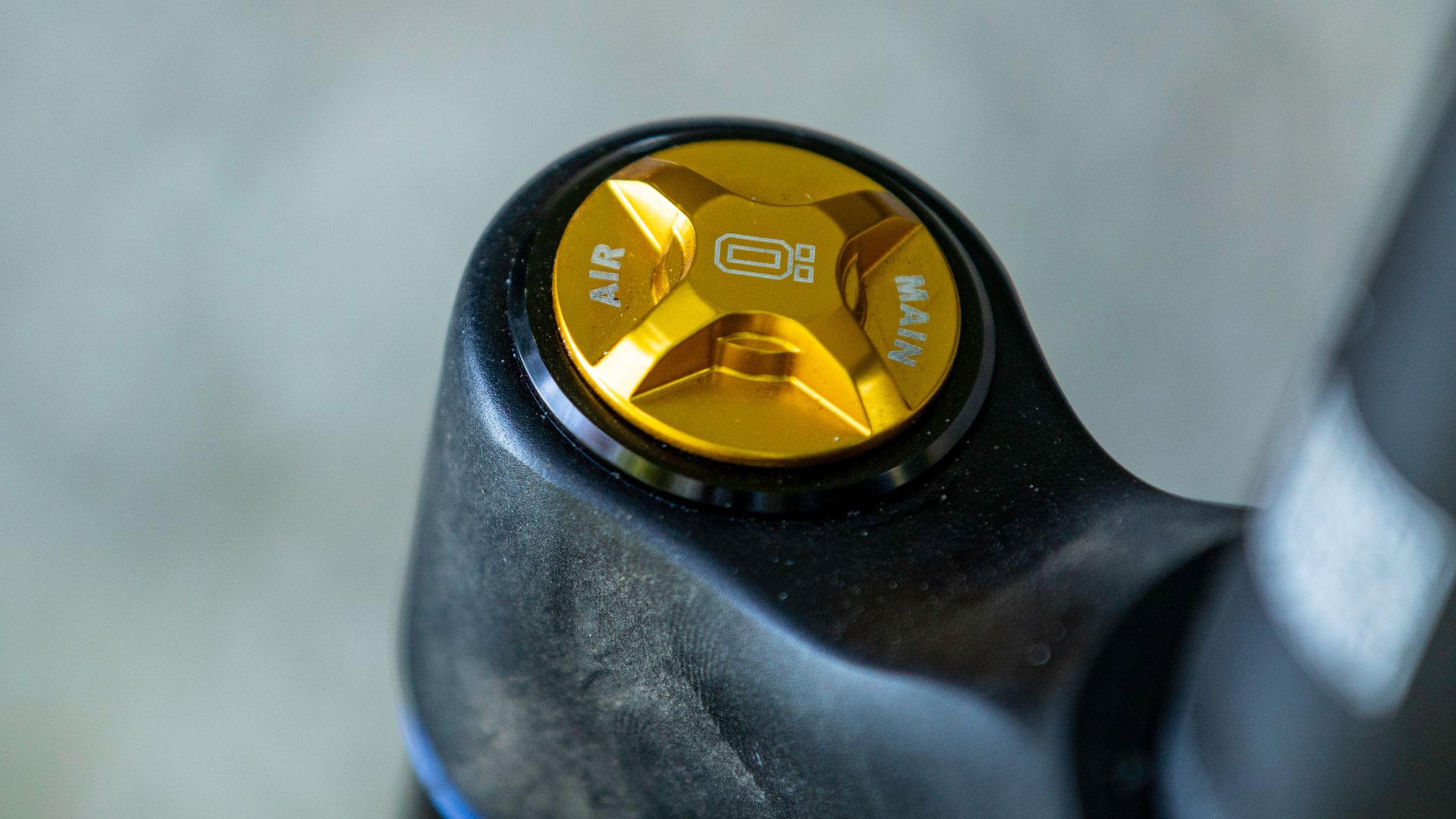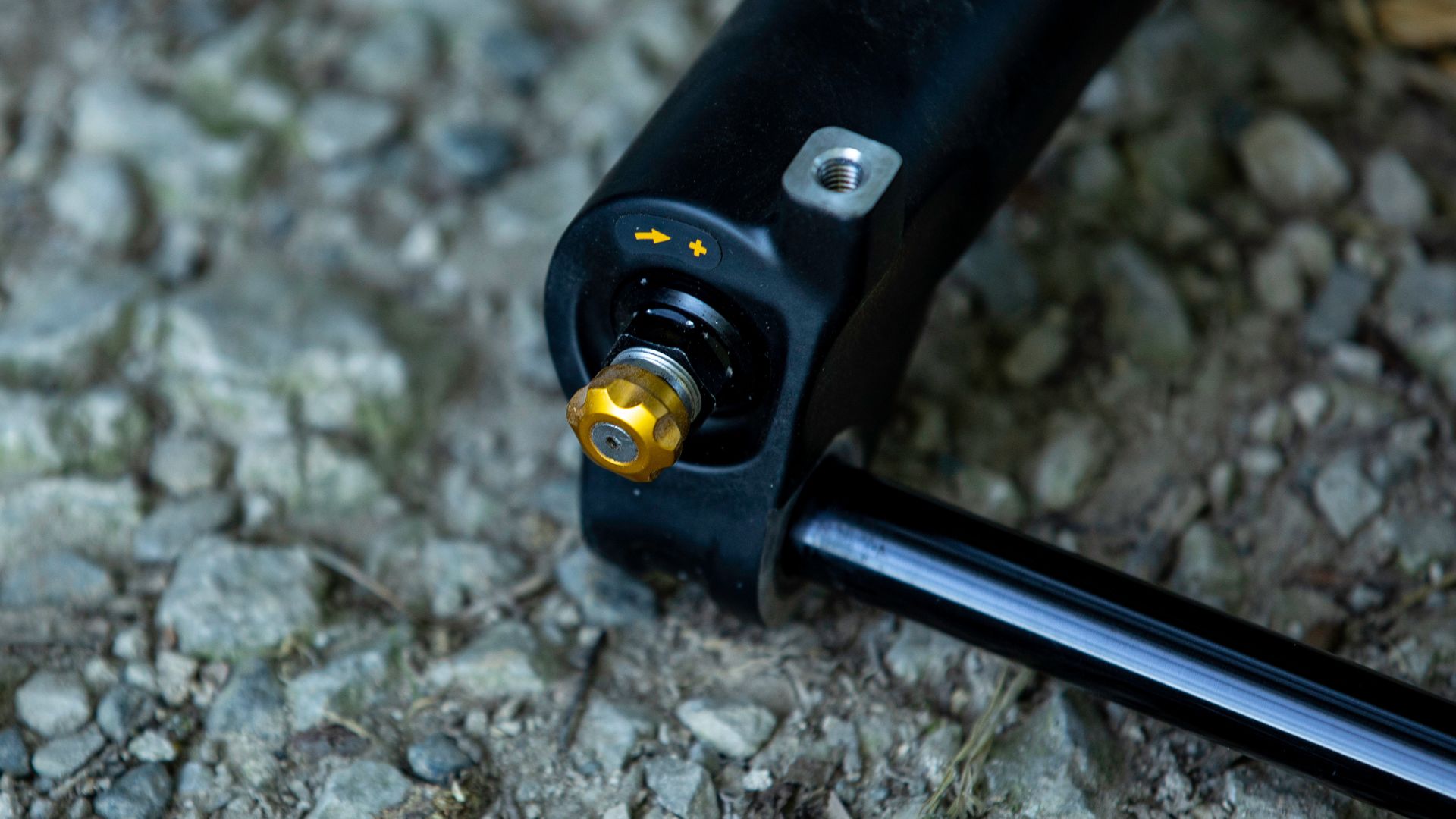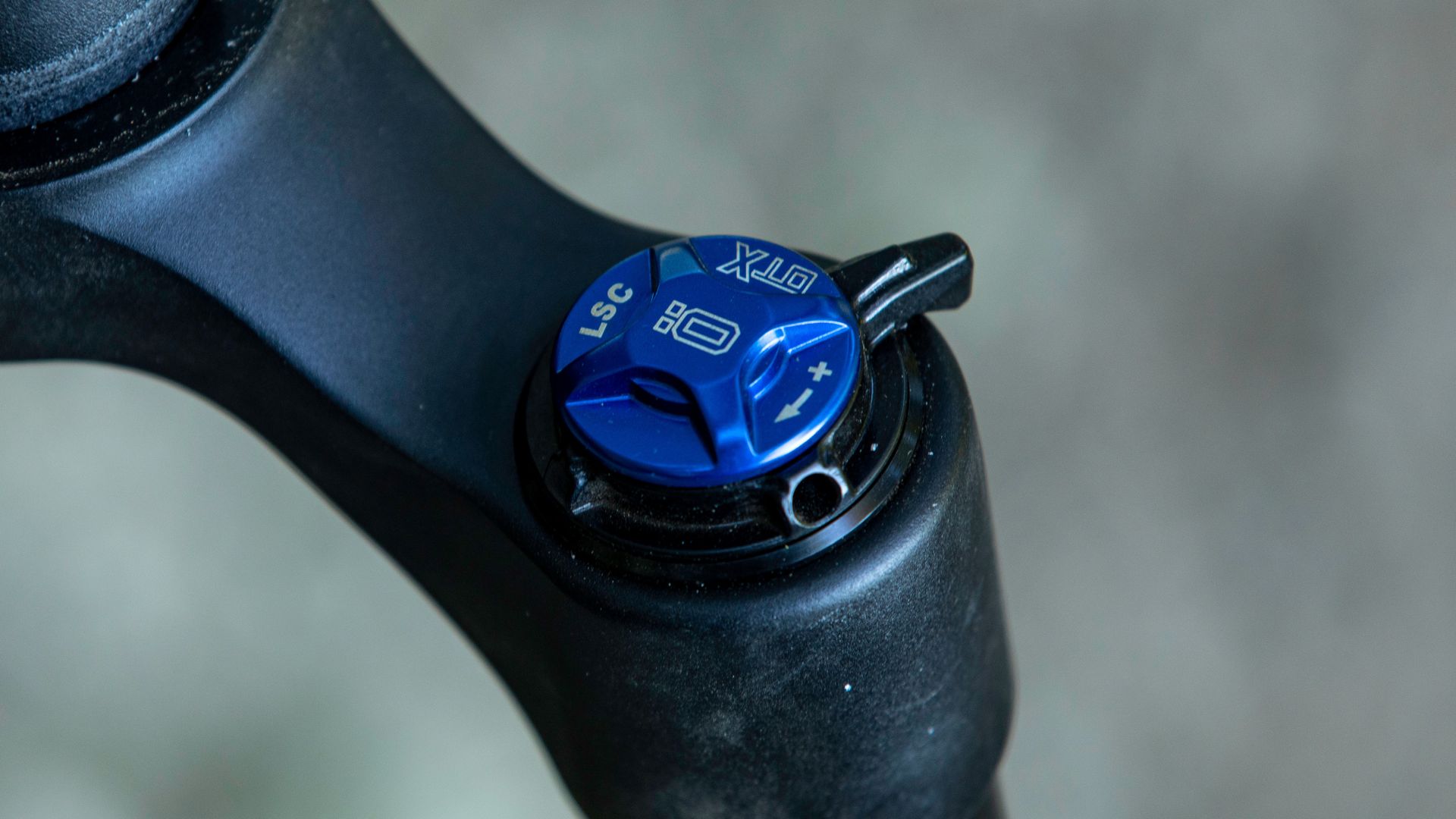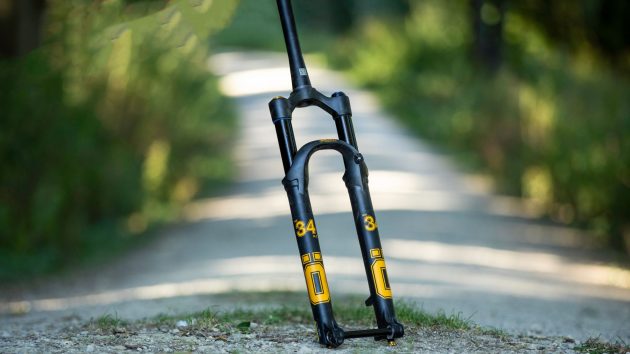A real contender that seriously targets the downcountry mountain bike market
Öhlins RXF34 m.2 fork review
The latest model from legendary Swedish suspension brand Öhlins is this 34mm stanchioned RXF fork. It’s the lightest and most expensive fork in our comparative test against the Fox 34 Float Factory, Marzocchi Bomber Z2, RockShox Pike Ultimate and the Suntour Durolox 36 EQ RC2, and also a bit of a departure for the premium brand. And, while it shares the same name as the older generation 34 and Öhlins thicker/longer travel 36 and 38 forks, this m.2 version is actually completely different both inside and out. And while it’s not perfect, it’s up there with some of the best mountain bike forks on the market.
Available in 29in only with a maximum of 130mm travel and weighing a hair over 1700g, it’s seriously lightweight and firmly targeting the down-country market. This is presumably since Öhlins expects harder-charging riders on 140-160mm bikes to go for the RXF 36 that was fully refreshed a couple of years ago.

Differences include this RXF having a simplified self-balancing positive/negative air chamber, instead of the 36 and 38’s triple chamber air spring with a third ‘ramp up’ sector to influence behaviour at bottom out. It means clip-on plastic volume spacers tune progression here, whereas the longer travel RXFs allow more precise tuning of both how much air volume you reduce in the main positive/negative, and the point at which any influence takes effect. This is because, inflated first, higher ramp up chamber pressures change the piston position inside the air spring from the off and the point in the suspension fork’s stroke at which ramp up exerts an influence.
This simplicity (and also using the inside of the fork stanchion itself, rather than a sealed cartridge inside to hold air) saves considerable weight, as does the OTX 18 damper that’s also a departure from the TTX technology Öhlins built its brand around. Instead of a twin-tube design, there’s a lighter single-tube, but it still gets external high and low-speed compression adjustment and a familiar gold-anodized rebound knob (that twists in the opposite direction to many brands).

The RXF 34’s damping is designed to be more fluid and sensitive than the brand’s bigger forks and, sure enough, we ended up a bit deeper into the range when tuning ride feel on the trail. The new chassis is also tuned for flex characteristics to match its travel sector, but it’s clearly no noodle, being direct in its steering and at least as stiff and flex-free as the other forks on test.
Öhlins does retain its clever floating 15mm thru-axle that automatically adjusts to exact widths of hub shells, so the lower legs don’t get distorted (pulled in or pushed out), which can have a negative impact on seal friction. Finally, the lighter chassis also has a 160mm brake mount (as does the Marzocchi Z2). This is a bit of an own-goal as it’s too small a rotor for most situations and adding an adaptor and longer bolts to run a 180mm rotor will cancel out any weight savings.
The RXF34 m.2’s off-the-top sensitivity is good and there’s a softer, more accurate, touch and trace over small bumps then the RXF38. It is trumped by the (marginally heavier) Fox 34 though, which has a more absorbent glued-to-the-ground feel and same sense of running a few psi less in the front tyre.

The new OTX 18 damper seems really sorted and we were perfectly happy setting high and low-speed compression in the middle, where it didn’t really seem to sacrifice much smoothness at the hands. It’s very supportive, whether loading the fork on steep descents or holding rider weight stable when railing high-speed berms. And, like other Öhlins forks, there’s a controlled feeling when absorbing bigger hits through smashed up trail sections and flat landing jumps.
Even in 120mm guise, it’s seriously capable and rarely flustered, to the point we got close to rolling out the old cliché that it packs more travel than advertised. Certainly it’s economical in its stroke and moves in a continuously smooth way, more like a coil fork than a floaty off-the-top/ramp up at the bottom air feel. We’d love to know what this fork would feel like with equivalent travel numbers to the main competitors here, but seeing as it tops out at 130mm, this is impossible to gauge.
- Best mountain bike forks
- Best mountain bike rear suspension shocks
- How to ride wet, slippery trails and roots
Verdict
This new Öhlins RXF is the lightest in our comparative test and packs a supportive punch in a shorter travel package, but it’s the most expensive fork too. And good as it is, it can’t quite match the Fox’s 34 suppleness and support in every dimension.
















